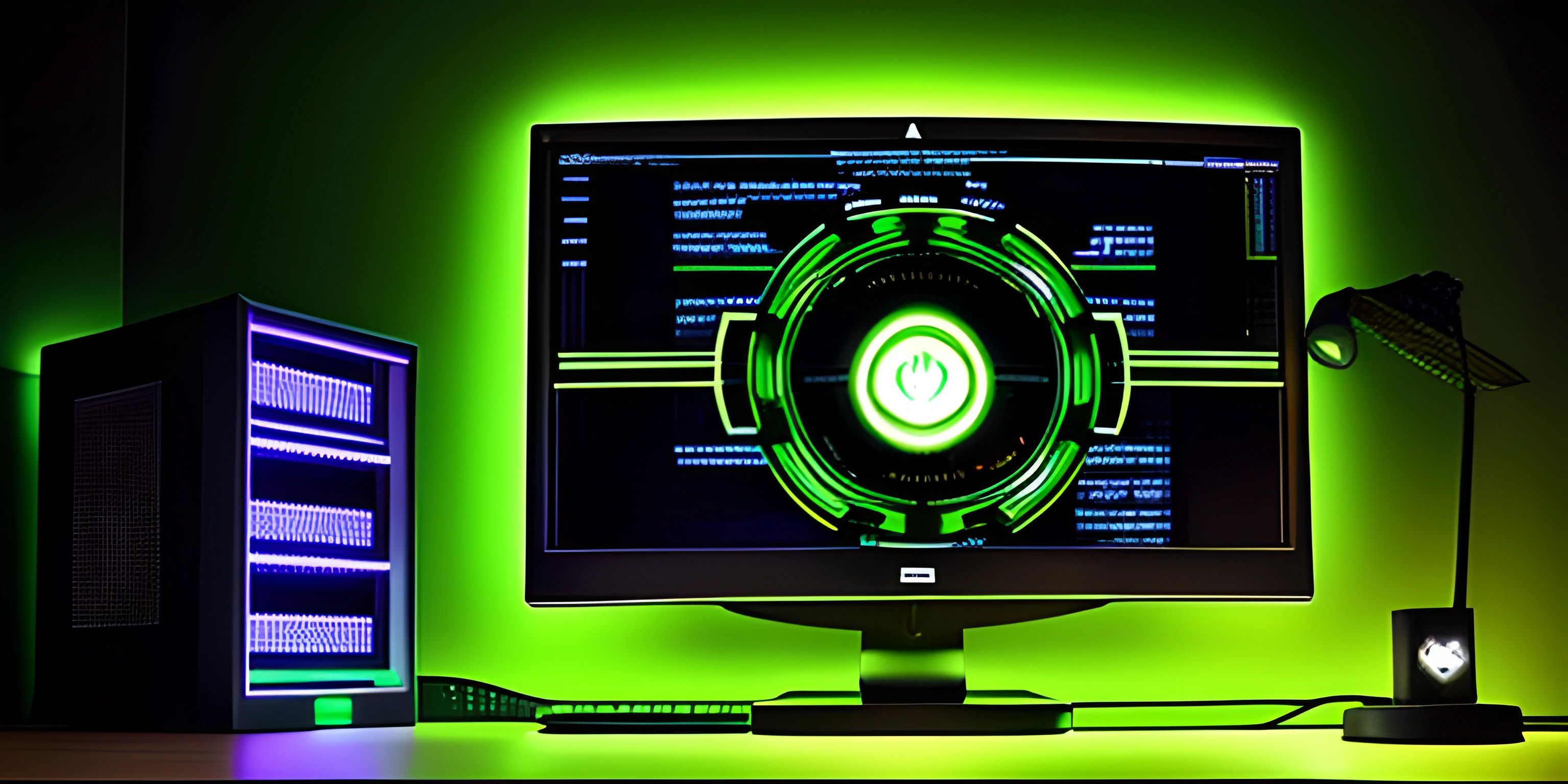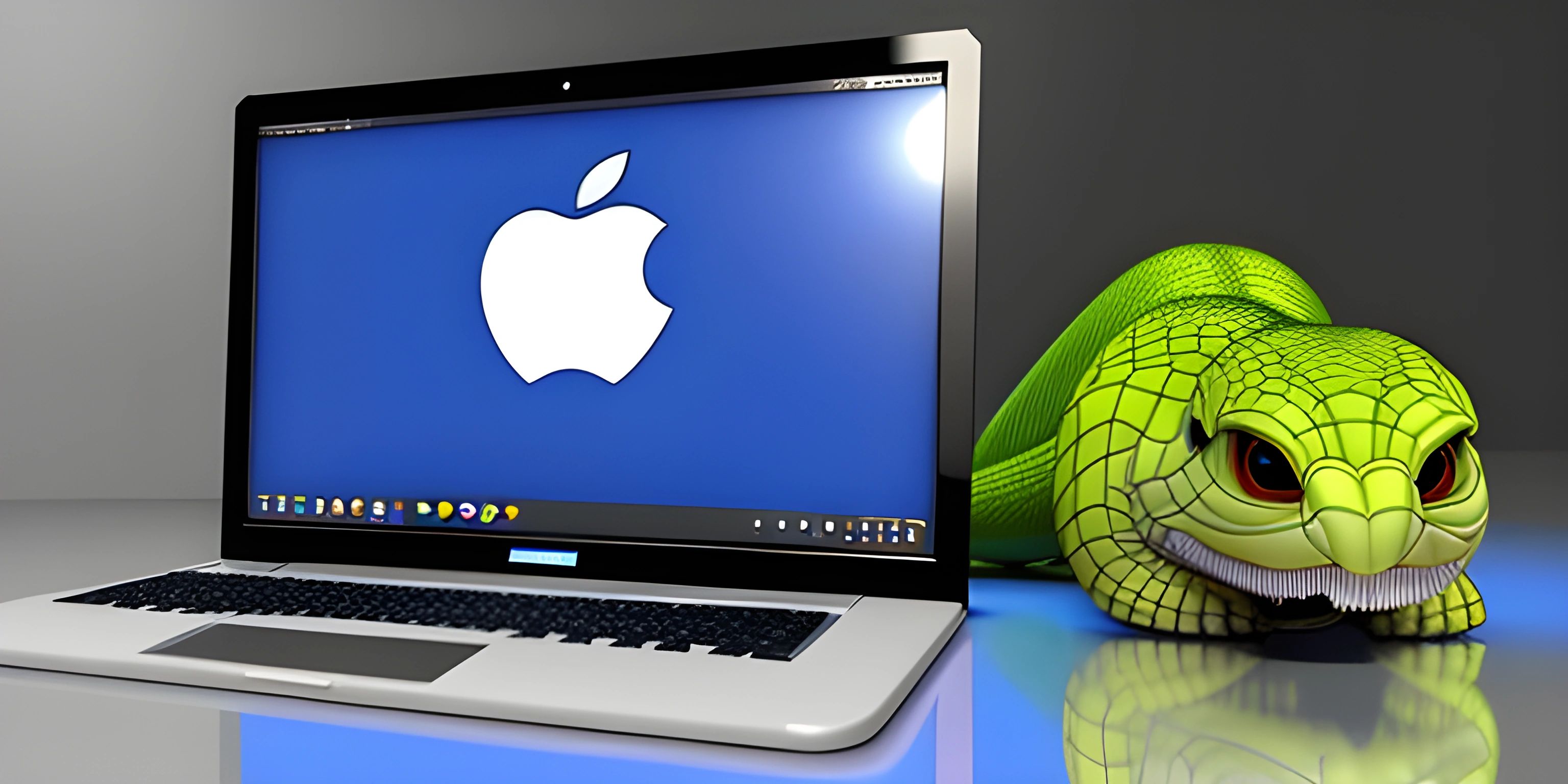Installing Python

Note: this page has been created with the use of AI. Please take caution, and note that the content of this page does not necessarily reflect the opinion of Cratecode.
Python is a versatile and powerful programming language that is widely used in various fields, such as web development, data analysis, artificial intelligence, and more. If you're excited to start your journey with Python, the first step is installing it on your computer.
Downloading Python
To get started with installing Python, you need to download the appropriate version for your operating system. Visit the official Python website at https://www.python.org/downloads/, and you'll find the latest version of Python available for download. You can also find specific versions for different operating systems (Windows, macOS, and Linux) on the same page.
Installing Python on Windows
-
Download the Python installer for Windows from the downloads page. Make sure to choose the right version based on your system (32-bit or 64-bit).
-
Run the installer by double-clicking the downloaded file.
-
In the installer window, check the box next to "Add Python to PATH" to ensure that Python is added to your system's environment variables. This will make it easier to run Python from the command prompt.
-
Choose the "Customize installation" option if you want to change the installation directory, otherwise click on "Install Now" to begin the installation process.
-
Once the installation is complete, you can verify the installation by opening the Command Prompt and typing
python --version. You should see the installed Python version displayed.
Installing Python on macOS
-
Download the Python installer for macOS from the downloads page.
-
Open the downloaded file and follow the installation instructions.
-
After the installation is complete, open the Terminal application and type
python3 --versionto check the installed Python version.
Installing Python on Linux
Most Linux distributions come with Python pre-installed. To check if Python is already installed on your system, open a terminal and type python --version or python3 --version.
If Python is not installed or you want to install a different version, you can use the package manager for your distribution. For example, on Ubuntu or Debian-based systems, use the following command to install Python 3:
sudo apt-get update sudo apt-get install python3
On Fedora, you can use the dnf package manager:
sudo dnf install python3
For other distributions, refer to their documentation for instructions on installing Python.
Conclusion
Now that you have Python installed on your computer, you're ready to begin your programming journey! Explore the various Python libraries and create your first Python program to get started. Happy coding!
Hey there! Want to learn more? Cratecode is an online learning platform that lets you forge your own path. Click here to check out a lesson: Rust - A Language You'll Love (psst, it's free!).
FAQ
What are the steps to install Python on my computer?
Here are the steps to install Python on your computer:
- Visit the official Python website: Python.org
- Click on the "Downloads" tab at the top of the page.
- Choose your operating system (Windows, macOS, or Linux).
- Download the latest version of Python for your operating system.
- Run the installer and follow the on-screen instructions.
Can I have multiple versions of Python installed on my computer?
Yes, you can have multiple versions of Python installed on your computer. However, you need to be cautious while managing different versions to avoid conflicts. It's recommended to use a version management tool like pyenv to easily switch between different Python versions.
How do I check if Python is already installed on my computer?
To check if Python is already installed on your computer, open a command prompt (Windows) or terminal (macOS/Linux) and type the following command:
python --version
If Python is installed, you will see the version number displayed. If not, you will receive an error message.
How do I update my Python version?
To update your Python version, follow these steps:
- Visit the official Python website: Python.org
- Click on the "Downloads" tab at the top of the page.
- Choose your operating system (Windows, macOS, or Linux).
- Download the latest version of Python for your operating system.
- Run the installer and follow the on-screen instructions to update your Python installation.
How can I uninstall Python from my computer?
To uninstall Python, follow the steps below for your operating system:
- Windows: Go to Control Panel > Programs and Features, find Python in the list, and click on "Uninstall". Follow the on-screen instructions.
- macOS: Find the Python folder (usually located in the Applications folder), and move it to the Trash. Empty the Trash to complete the uninstallation.
- Linux: Use the package manager for your distribution (such as apt, yum, or pacman) to remove the Python package. For example, on Ubuntu, you can use the following command:
sudo apt-get remove python





